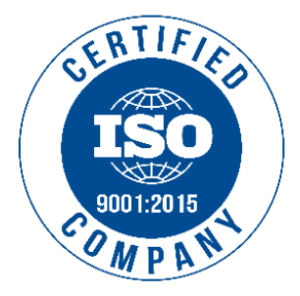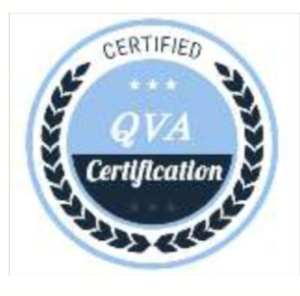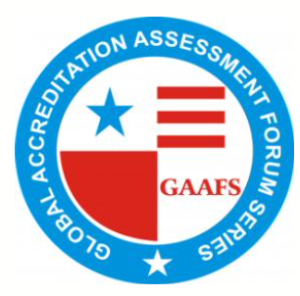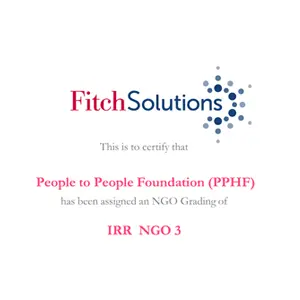By Dr. Afrah Talath Syeda and Dr. Laxmikant Palo
Every year, the 7th of April is marked as World Health Day to celebrate the anniversary of the WHO Foundation in 1948. Each year a theme is selected based on current public health needs and crises and this year’s theme is Our planet, Our Health. The key element to achieving this theme is to clean our air, water, and food.
Conditions in which people are born and live affect the quality of life. Clean air, clean water, sanitation and hygiene, shelter, quality food, sound agricultural practices, and a stable climate are just a few requirements for human health that link directly to the environment. Environmental health risks disproportionately affect the poorest and most marginalized populations worldwide. Environmental health is a broad area of interventions that needs multisectoral actions. The approaches to addressing environmental health include several factors and actors. The current efforts are not adequate to sustain desired outcomes over time. There is a need to 1) Increase awareness and investment; 2) enhanced partnerships with key stakeholders; 3) High-level leadership commitment and action; and 4) Engage the community at all levels among other aspects to address the complex nature of environmental health.
Let us demystify environment health with the lens of WASH as one such critical intervention. 8,27,000 people in low- and middle-income countries die as a result of inadequate water, sanitation, and hygiene each year, representing 60% of total diarrheal deaths (WHO, 2022). In India, 9 out of 10 deaths in children are due to diarrhea and can be avoided with simple measures of providing access to clean water (WHO, factsheet 2017). Poor WASH also restricts nutrition and educational attainment and puts vulnerable groups, particularly women and girls, in danger and stress. The important contribution of the environmental factors to the burden of disease is huge and greater attention to the efficiency of environmental health interventions are critical.
How PPHF addresses environmental health disparities?
At PPHF, we focus on three areas: WASH (Water, Sanitation, and Hygiene), Air and food system to protect people and provide communities with healthier environments.” The approach we use to implement environmental programs is not just parachuting solutions from the top but rather engaging the people affected by this crisis as they have the capacity to develop and foster their solutions. We work by identifying community leaders and decision-makers that can create opportunities for dialogue and open communication about the issues and resolve with community participation. We also identify behaviors that put people at risk and may increase their vulnerability to disease outbreaks and work together with community to find sustainable solutions.
Conclusion:
Wellbeing is a broad concept that encompasses physical, social, and environmental components. To achieve the desired goal at the community level, it is important to work collaboratively and have collective accountability among key stakeholders






